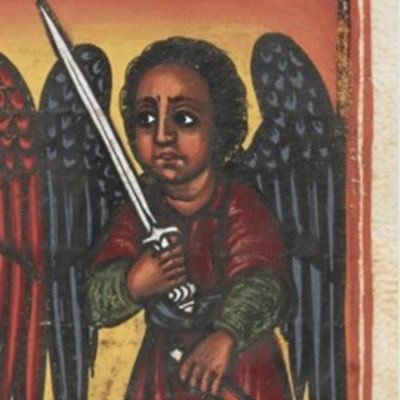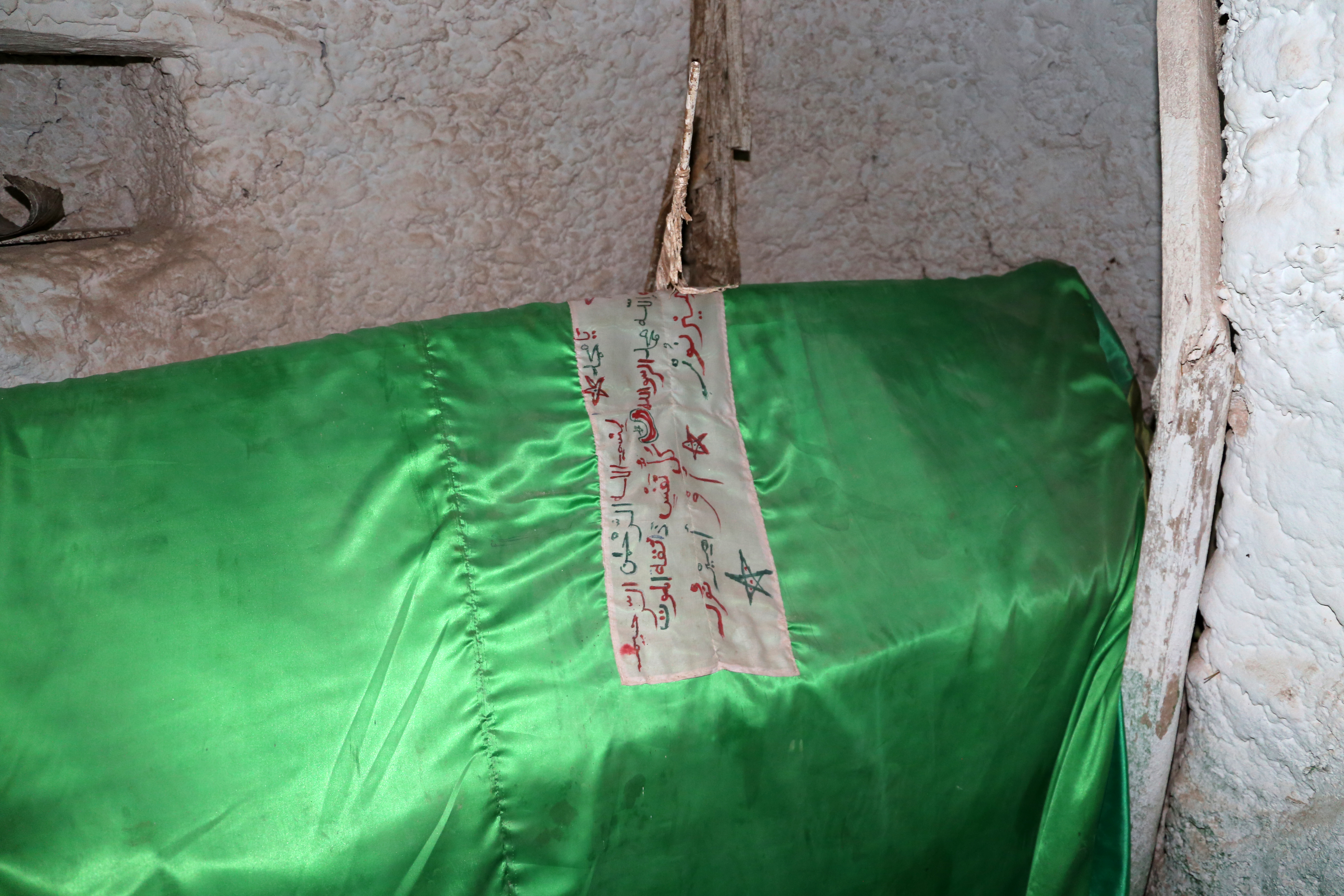|
Gälawdewos
Galawdewos ( gez, ገላውዴዎስ, 1521/1522 – 23 March 1559) also known as Mar Gelawdewos ( amh, ማር ገላውዴዎስ), was Emperor of Ethiopia from 3 September 1540 until his death in 1559, and a member of the Solomonic dynasty. His throne name was Asnaf Sagad I (Ge'ez: አጽናፍ ሰገድ). A male line descendant of medieval Amhara kings, he was a younger son of Dawit II and Seble Wongel. Reign His reign was dominated by the struggle with Ahmad ibn Ibrahim al-Ghazi during the Ethiopian–Adal War until Ahmad's defeat and death in the Battle of Wayna Daga on 21 February 1543. Gelawdewos devoted time and energy to rallying his people against Ahmad, a determination his chronicler credits prevented Ahmad's forcible conversions from being permanent. With Ahmad's death, Gelawdewos was not only able to eject the leaderless Muslim forces from the Ethiopian Highlands, but also from the lowlands to the east, which included the Sultanate of Dawaro and Bale. He also t ... [...More Info...] [...Related Items...] OR: [Wikipedia] [Google] [Baidu] |
Seble Wongel
Seble Wongel (died 4 December 1567) was Empress of Ethiopia through her marriage to Lebna Dengel. She is well-known as a key political and military figure during the Ethiopian–Adal war, as well as the reigns of her sons and grandson. Name Seble Wongel is frequently confused with the 20th-century noblewoman, Sabla Wangel Hailu. To differentiate the two famous women, people sometimes refer to the earlier empress as Seble Wongel 'Teleq' (the great) or 'Kedamawit' (the first), while the modern figure is referred to with the suffixes ''Hailu'', derived from her father's name, ''Dagmawit'' (the second), or ''Tinishi'' (the little). Life Seble Wongel was born from the Jewish nobility of Semien and her mother was named Yodit which literally means 'Jewess' or 'Judith'. Chronicles written in the 16th century imply that she was neither a member of the traditional nobility nor any group integrated with the Christian kingdom under the authority of the Ethiopian Emperor, meaning that her m ... [...More Info...] [...Related Items...] OR: [Wikipedia] [Google] [Baidu] |
Dawit II
Dawit II ( gez, ዳዊት; – 2 September 1540), also known by the macaronic name Wanag Segad (ወናግ ሰገድ, ''to whom the lions bow''), better known by his birth name Lebna Dengel ( am, ልብነ ድንግል, ''essence of the virgin''), was Emperor of Ethiopia from 1508 to 1540, whose political center and palace was in Shewa. A male line descendant of the medieval Amhara kings, and thus a member of the House of Solomon, he was the son of Emperor Na'od and Empress Na'od Mogesa. The important victory over the Adal's Emir Mahfuz may have given Dawit the appellation "Wanag Segad," which is a combination of Geʽez and the Harari terms. Biography Early reign In contrast to previous emperors, Dawit had only one wife, Seble Wongel, whom he married around 1512–13. The couple had eight children: four sons and four daughters. Taking only one wife throughout his life was seen as a Christian act that fit with the ideals of the Church. Although she was well into he ... [...More Info...] [...Related Items...] OR: [Wikipedia] [Google] [Baidu] |
Ethiopian Aristocratic And Court Titles
Until the end of the Ethiopian monarchy in 1974, there were two categories of nobility in Ethiopia and Eritrea. The Mesafint ( gez, መሳፍንት , modern , singular መስፍን , modern , "prince"), the hereditary nobility, formed the upper echelon of the ruling class. The Mekwanint ( gez, መኳንንት , modern , singular መኰንን , modern or am, መኮንን , "officer") were the appointed nobles, often of humble birth, who formed the bulk of the aristocracy. Until the 20th century, the most powerful people at court were generally members of the ''Mekwanint'' appointed by the monarch, while regionally, the ''Mesafint'' enjoyed greater influence and power. Emperor Haile Selassie greatly curtailed the power of the ''Mesafint'' to the benefit of the ''Mekwanint'', who by then were essentially coterminous with the Ethiopian government. The ''Mekwanint'' were officials who had been granted specific offices in the Abyssinian government or court. Higher ranks from the titl ... [...More Info...] [...Related Items...] OR: [Wikipedia] [Google] [Baidu] |
Ethiopian–Adal War
The Ethiopian–Adal War or Abyssinian-Adal War, also known in Arabic as the "Futuḥ al-Ḥabash" ( ar, فتوح الحبش, ''conquest of Abyssinia''), was a military conflict between the Christian Ethiopian Empire and the Muslim Adal Sultanate from 1529 to 1543. Ethiopian troops consisted of Amhara, Tigrayans, and Agaw people supported by Portuguese musketmen, while Adal forces were made up of the Somali, Harari, Oromo Afar, Argobba, Hadiya, and now extinct Harla ethnic groups, along with Turkish and Arab gunmen, with both sides making use of ethnic Maya mercenaries. Background Imam Ahmad ibn Ibrahim al-Ghazi was a military leader of the medieval Adal Sultanate in the northern Horn of Africa. Between 1529 and 1543, who embarked on a conquest referred to as the ''Futuh Al-Habash'', which brought three-quarters of Christian Abyssinia under the power of the Muslim Sultanate of Adal. With an army which composed of Afar, Harari, and Somalis. Al-Ghazi's forces, using bows ... [...More Info...] [...Related Items...] OR: [Wikipedia] [Google] [Baidu] |
Nur Ibn Mujahid
Nur ibn Mujahid ibn ‘Ali ibn ‘Abdullah al Dhuhi Suha ( Harari: ኑር ኢብን ሙጃሂድ, so, Nuur ibn Mujaahid, ar, نور بن مجاهد; died 1567) was a Muslim Emir of Harar who ruled Sultanate of Harar. He was the primary reason for the construction of the five-gated wall that surrounds the city of Harar. He was known for marrying his uncle's widow, Bati del Wambara, and he also succeeded Imam Ahmad as leader of the Muslim forces fighting Christian Ethiopia. Biography Emir Nur was considered a saint from Harar, Mujahid was called the ''Sahib al-Fath al-Thani'', or "Master of the Second Conquest". When Imam Ahmad, who had led the Muslim conquest of the Ethiopian Highlands, was killed in 1543, the Muslim forces fell back in confusion to Harar. Nur, the dead leader’s sister’s son, married Ahmad ibn Ibrahim al-Ghazi's widow, Bati del Wambara, and undertook to renew the fortunes of the Muslim city, which had been sacked in 1550. Promoted to Emir around 1550-51, he s ... [...More Info...] [...Related Items...] OR: [Wikipedia] [Google] [Baidu] |
Kingdom Of Damot
The Kingdom of Damot (Amharic: ዳሞት) was a medieval kingdom in what is now western Ethiopia. The territory was positioned below the Blue Nile. It was a powerful state that forced the Sultanate of Showa (also called Shewa) to pay tributes. It also annihilated the armies of the Zagwe dynasty that were sent to subdue its territory. Damot conquered several Muslim and Christian territories. The Muslim state Showa and the new Christian state under Yekuno Amlak formed an alliance to counter the influence of Damot in the region. History Damot's history as an independent entity ended after the conquest of the region by Emperor Amda Seyon in the fourteenth century and remained under the Solomonic dynasty's influence afterwards. Originally located south of the Abay and west of the Muger River,G.W.B. Huntingford, ''Historical Geography of Ethiopia from the first century AD to 1704'' (London: British Academy, 1989), p. 69 under the pressure of Oromo attacks the rulers were forced to r ... [...More Info...] [...Related Items...] OR: [Wikipedia] [Google] [Baidu] |
Mar Gelawdewos Sword
Mar, mar or MAR may refer to: Culture * Mar or Mor, an honorific in Syriac * Earl of Mar, an earldom in Scotland * MAA (singer) (born 1986), Japanese * Marathi language, by ISO 639-2 language code * March, as an abbreviation for the third month of the year in the Gregorian calendar * Biblical abbreviation for the Gospel of Mark Places * Mar, Isfahan, a village in Iran * Mar, Markazi, a village in Iran * Mar, Russia, in the Sakha Republic * Marr, a region of Scotland * Mesoamerican region, an economic region * Mid-Atlantic Ridge, a ridge on the floor of the Atlantic Ocean People * Mar (surname), a Chinese and Scottish surname (including a list of people with the surname) * Mar Abhai, a saint of the Syriac Orthodox Church * Mar Amongo (1936–2005), a Filipino illustrator * Mar Cambrollé (born 1957), Spanish trans rights activist * Mar Roxas (born 1957), Filipino politician Other uses * ''MÄR'' (''Marchen Awakens Romance''), a 2003 Japanese manga series * ''Mar'' (b ... [...More Info...] [...Related Items...] OR: [Wikipedia] [Google] [Baidu] |
Richard Pankhurst (academic)
Richard Keir Pethick Pankhurst OBE (3 December 1927 – 16 February 2017) was a British-Ethiopian scholar, founding member of the Institute of Ethiopian Studies, and former professor at the University of Addis Ababa in Ethiopia. His books have been reviewed in scholarly journals, with Edward Ullendorff calling his ''The Ethiopians'' as another testimony to his "remarkable diligence and industry in the service of Ethiopian studies". He is known for his research on economic history and socio-cultural studies on Ethiopia. Early life and education Pankhurst was born in 1927 in Woodford Green to left communist and former suffragette Sylvia Pankhurst and Italian anarchist Silvio Corio. His maternal grandparents were Emmeline and Richard Pankhurst. Pankhurst studied at Bancroft's School in Woodford, then at the London School of Economics, [...More Info...] [...Related Items...] OR: [Wikipedia] [Google] [Baidu] |
Bale Province, Ethiopia
Bale (Amharic: ባሌ), also known as Bali, is the name of two former polities located in the southeastern part of modern Ethiopia. History of Bale Bale was a Muslim kingdom part of the Zaila confederate states under Sultanate of Showa however later in the centuries it became involved in a tug of war between the rising Christian Solomonic dynasty and Muslim states in the region. In the 14th century it was located between Ifat and Solomonic tributary state of Hadiya. Taddesse Tamrat locates Bale south of the Shebelle River, which separated the kingdom from Dawaro to the north and Adal to the northeast;Taddesse Tamrat, ''Church and State in Ethiopia (1270-1527)'' (Oxford: Clarendon Press, 1972), p. 142 n. 1. Richard Pankhurst adds that its southern boundary was the Ganale Dorya River. Ulrich Braukämper, after discussing the evidence, states that this former dependency "occupied an area in the northeast of the province which later was named after it, between the mountain range ... [...More Info...] [...Related Items...] OR: [Wikipedia] [Google] [Baidu] |



